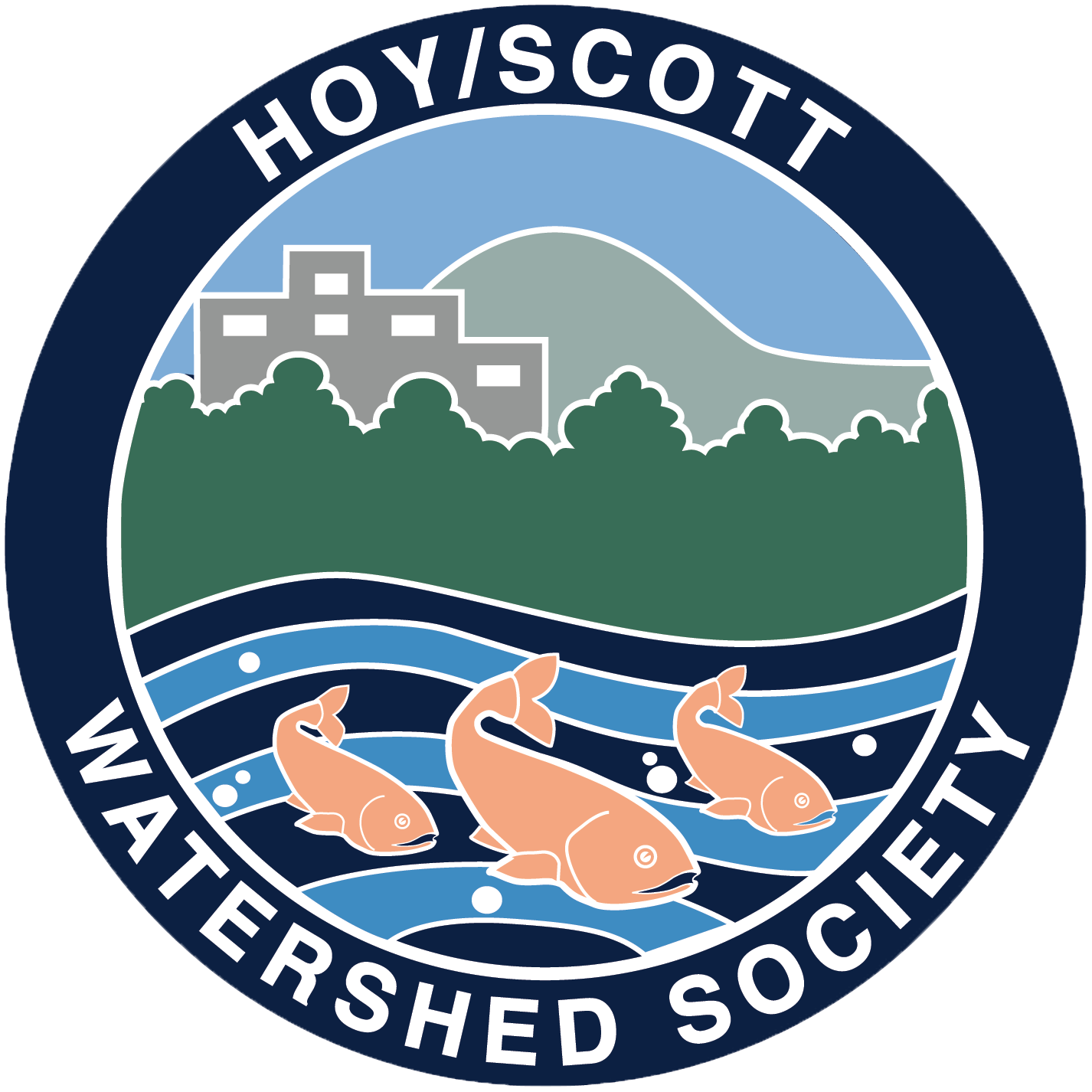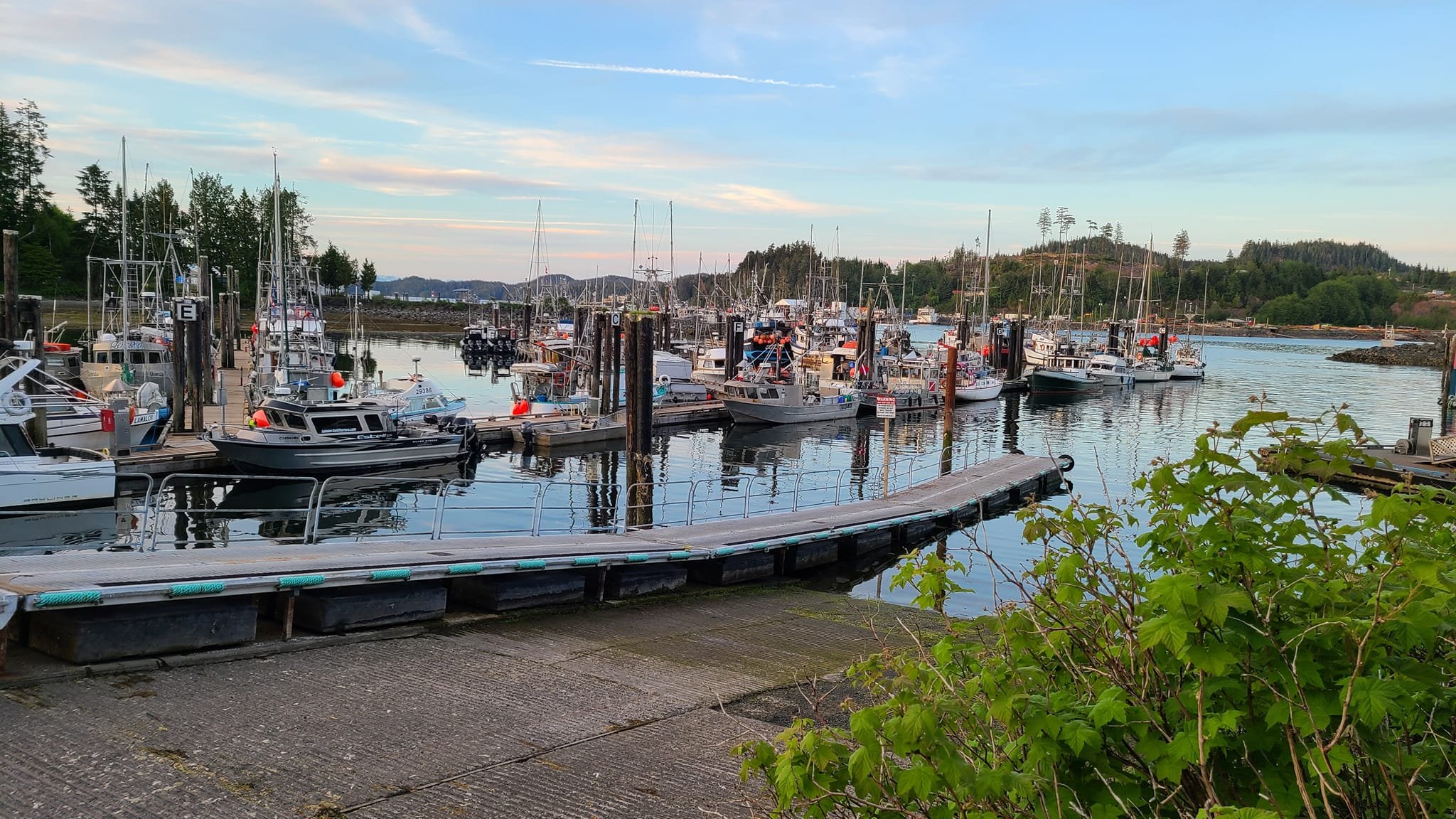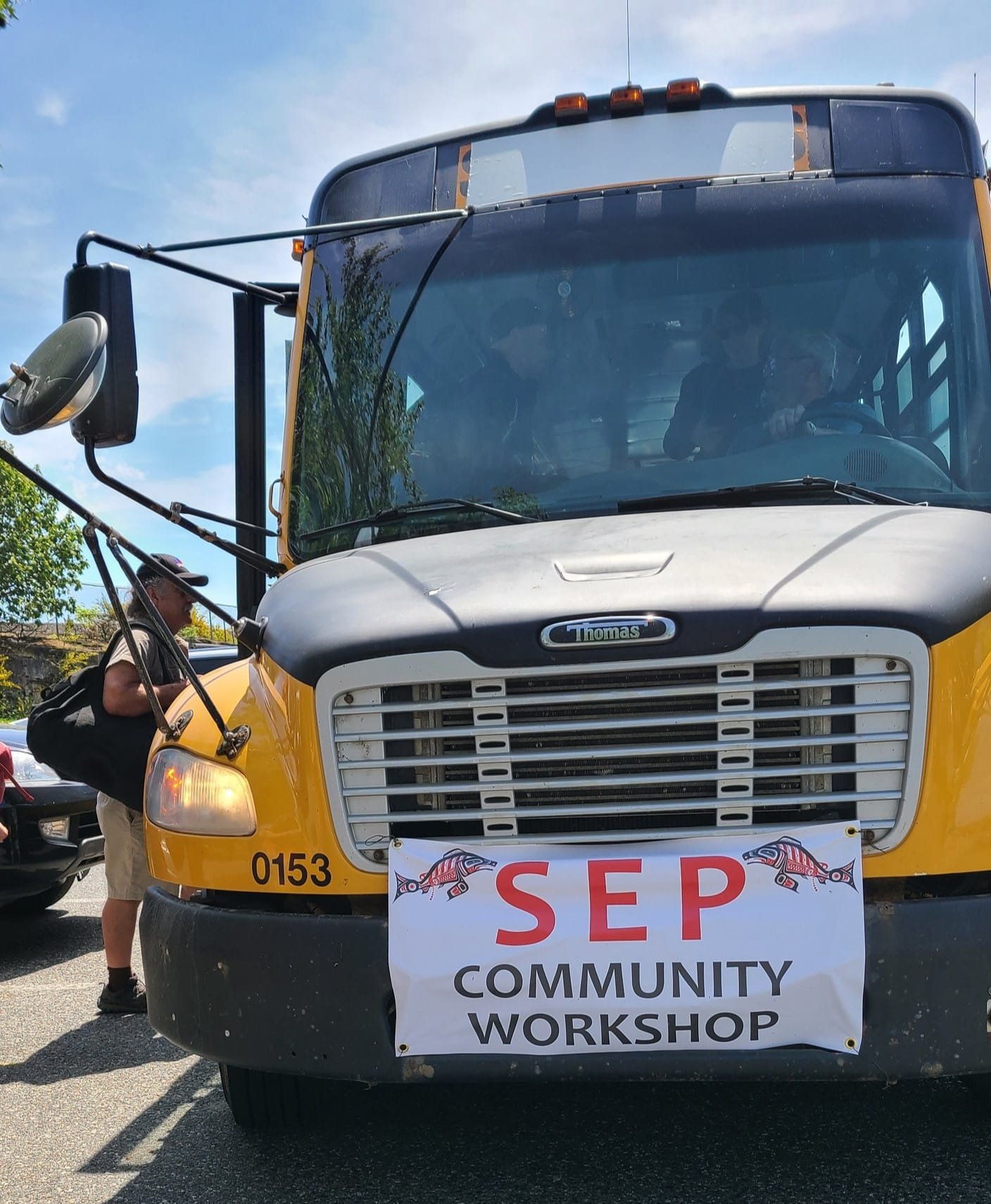An example of what you could see in the section where the salmon survey is taking place. Dead fish are cut so as to not count them the next time we pass the same area. (HSWS photo)
Should you see salmon in Hoy Creek or Scott Creek that have been cut in half, or have the tail or head cut off, that means those salmon have been marked for our annual Salmon Spawner Survey.
We count live and dead fish weekly in a designated stretch of the stream. The dead salmon are cut so as to not double-count the dead fish the next week. This helps get an absolute count of salmon that have spawned in a particular area of a stream.
Spawner surveys are a basic form of stock assessment where the data can be used to gauge the health of salmon returns. In short, we walk the creek and count live and dead salmon (by species) to get a sense of the number of returning fish. Data is submitted to the Streamkeeper’s database as well as to Fisheries & Oceans Canada.
Each week, results are recorded.
Questions? Email us at hoyscottcreeks@gmail.com




























